 My husband and I have had the incredible opportunity in our lives to be frequent travelers, both as adults and in our youth. We have discussed many times that these eye-opening experiences have given us a passion and respect for nature, and led us to become interested in photography and filming.
My husband and I have had the incredible opportunity in our lives to be frequent travelers, both as adults and in our youth. We have discussed many times that these eye-opening experiences have given us a passion and respect for nature, and led us to become interested in photography and filming.
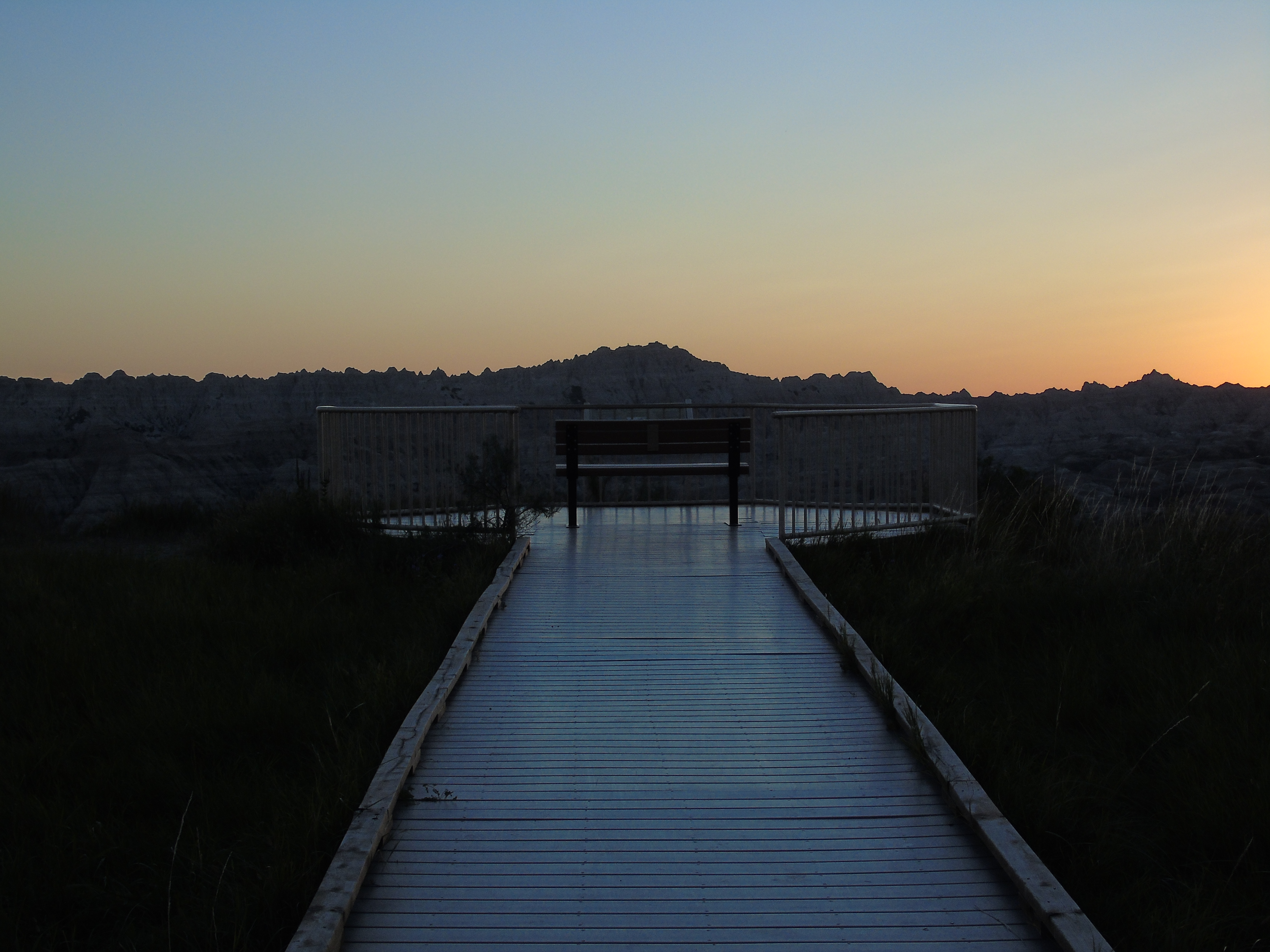
However, we also learned, when comparing traveling as children to traveling now as the adult in the family, that following the most popular route at the most popular time is not always the best choice for taking impactful pictures. Our “family and friend vacations” were to some amazing locations (Gibraltar, Oregon coast, Lisbon, Upstate New York, Toronto), but it seems like our photos from those times are either “like everyone else’s” or just missing that “thing” that makes them stand out.
As we began to create Nature Tech Family, we discussed what it is about our favorite nature photographers that makes their work unique and something that people want to see. After we sorted out their secrets and began applying them to our own family travels, the world has become a really cool place to photograph! We’ve decided to share our biggest tip with you:
Time your opportunity.
The number one tip we give when people ask about how we get great pictures is “time of day”. Although not really a photographer’s secret, most people who take pictures know that the golden light of dawn and dusk create some beautiful coloring for landscape and wildlife photos. However, in our travels as a family, we have also learned that these times are not the choice times of the standard tourist to be at those “prime” photo spots. For example, in July 2015 in Yellowstone National Park, the busiest month for them ever on record, we would have the Northeast end of the park almost to ourselves (save for the Wolf Project group, who are really awesome) every evening after 5:00 PM. Then in August, one of the usually busy months for Badlands National Park, we were able to take shots like the one below with no tourists in the frame, around 7:00 PM.

People stream out of the parks at dusk, many who are camping and want to get back to their sites before dark. Families also leave the parks or move into the restaurants and campgrounds at the usual “dinner” time. Here’s how we play it:
Get up and into the park early, by sunrise if possible.
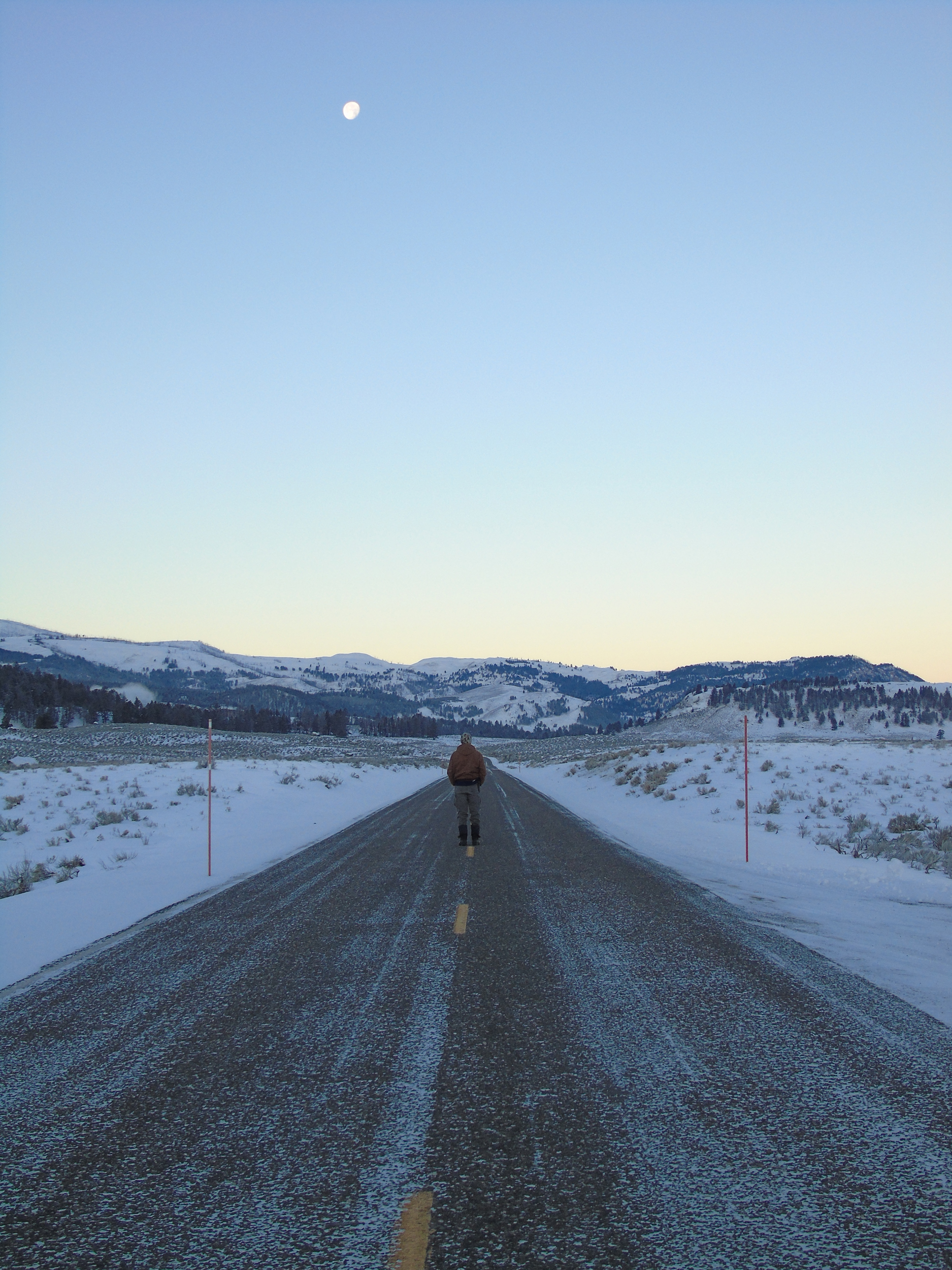

Pack high-protein snacks (we love these and these) and lunch, to keep the kids going all morning.
Return to your campsite or hotel room for an early afternoon “siesta”. Make s’mores, have some tablet or reading time, relax in the sun, or play in the bear boxes at your campsite (see photo)! Look through your morning pictures and plan your evening expedition.
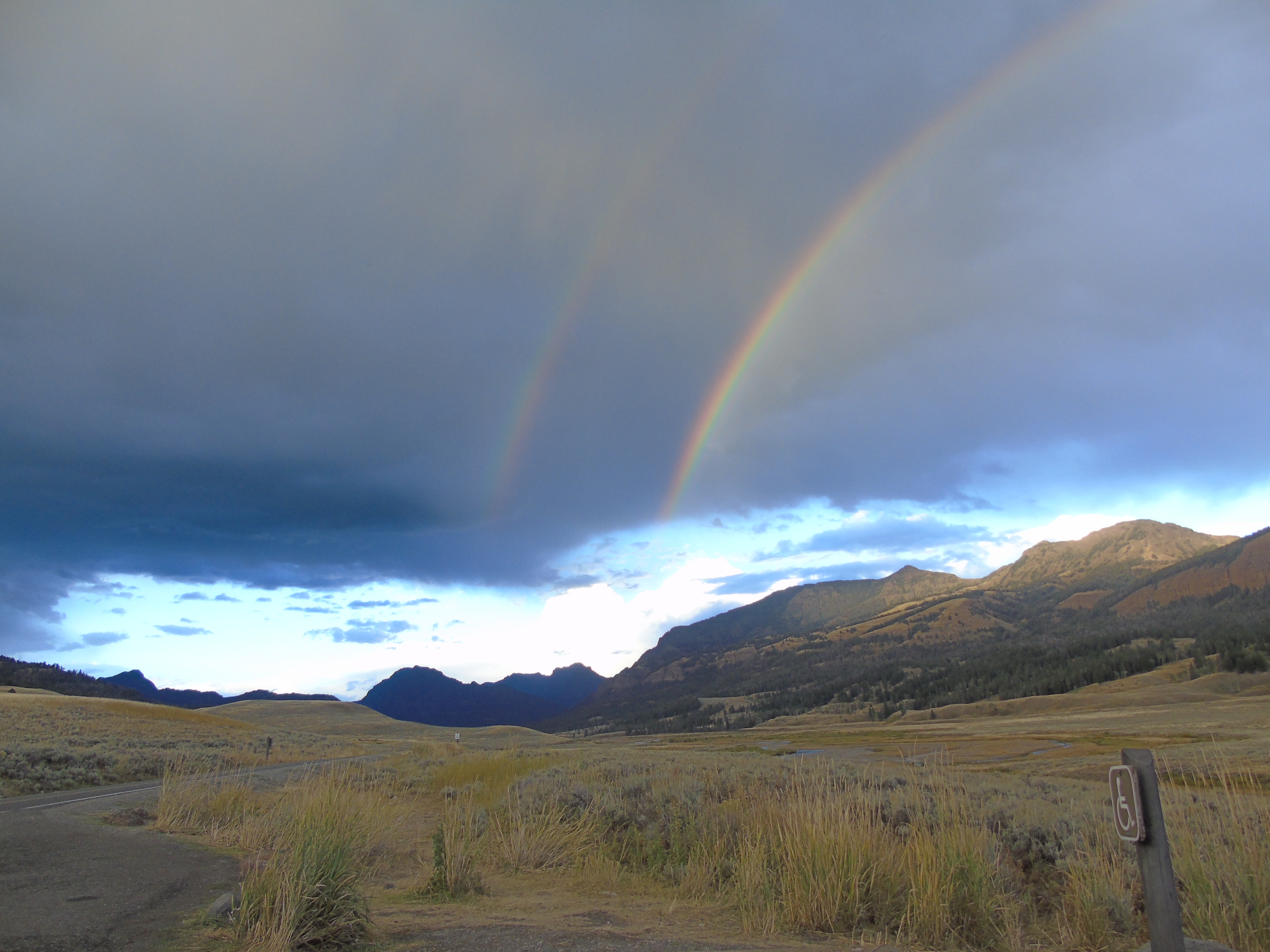
Return to the park around 5-6:00 PM (or an hour before sunset seasonally), and you will find your travels no longer restricted by throngs of tourists, and your photos human-free (aside from those spectacular family ones).
We usually stay until dark, sometimes later if we have our night-vision scope with us and there is wildlife movement happening. As an aside, getting to know your camera’s light limitations is extremely beneficial in making these prime photo times work for you. If you are adept with apertures, shutter speeds, and ISO settings, we guarantee these time changes to your routine will be rewarded!
Let us know what tips you have – what tried and true techniques have paid off for you and your family that have created better photographic opportunities and exciting experiences?

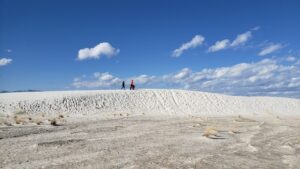
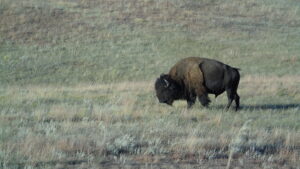
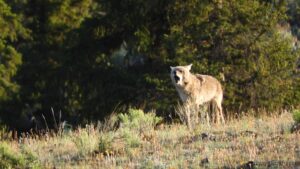
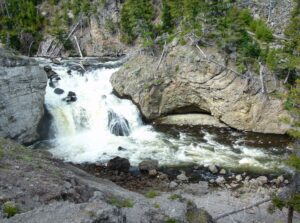

1 thought on “The Photographer’s Big Secret: Don’t Be a Tourist”
Comments are closed.